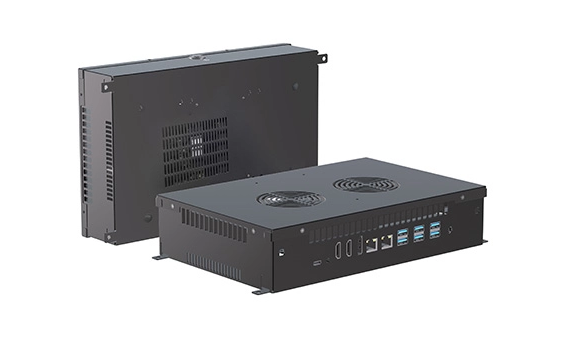Resistors are fundamental components in electronic circuits, serving the crucial role of controlling current flow and voltage levels. However, despite their simplicity, resistors can fail, leading to circuit malfunctions or even catastrophic failures. Understanding what blows a resistor is essential for engineers, technicians, and hobbyists alike. This article delves into the various factors that contribute to resistor failure, the mechanisms behind these failures, and preventive measures to ensure circuit reliability.
- The Basics of Resistor Functionality
Before exploring the causes of resistor failure, it’s important to understand how resistors function. A resistor is designed to limit the flow of electric current, converting electrical energy into heat. The resistance value, measured in ohms (Ω), determines how much current will flow through the component when a voltage is applied. Resistors are rated for specific power levels, typically expressed in watts (W), which indicates the maximum amount of power they can dissipate without failing.
- Common Causes of Resistor Failure
2.1 Overheating
One of the most common reasons resistors fail is overheating. When a resistor dissipates more power than its rated capacity, it generates excessive heat. This can occur due to:
- Incorrect Power Rating: Using a resistor with a lower power rating than required for the application can lead to overheating.
- Environmental Factors: High ambient temperatures or inadequate ventilation can exacerbate heat buildup.
- Circuit Design Flaws: Poorly designed circuits that draw more current than anticipated can push resistors beyond their limits.
2.2 Voltage Surges
Voltage surges, or spikes, can also blow resistors. These surges can occur due to:
- Inductive Loads: Devices like motors can generate back EMF (electromotive force) when switched off, leading to voltage spikes.
- Lightning Strikes: In outdoor applications, lightning can induce high voltage transients that exceed the resistor’s voltage rating.
- Power Supply Fluctuations: Unstable power supplies can cause sudden increases in voltage, damaging sensitive components.
2.3 Physical Damage
Physical damage can compromise a resistor’s integrity. Common causes include:
- Mechanical Stress: Excessive bending or vibration can lead to cracks or breaks in the resistor.
- Improper Handling: Mishandling during installation or maintenance can physically damage the component.
- Corrosion: Environmental factors, such as humidity or exposure to corrosive substances, can degrade the resistor’s materials over time.
- Mechanisms of Resistor Failure
When a resistor fails, it typically does so in one of two ways: open circuit or short circuit.
3.1 Open Circuit Failure
In an open circuit failure, the resistor breaks, preventing current from flowing. This can occur due to:
- Thermal Runaway: As a resistor heats up, its resistance can increase, leading to less current flow. If the heat continues to build, the resistor may eventually break.
- Material Degradation: Over time, the materials within the resistor can degrade, leading to a complete failure.
3.2 Short Circuit Failure
Conversely, a short circuit failure occurs when the resistor’s internal structure breaks down, allowing current to bypass it entirely. This can happen due to:
- Overheating: Excessive heat can melt the resistor’s internal components, creating a path for current to flow without resistance.
- Electrical Arcing: High voltage can cause arcing within the resistor, leading to a short circuit.
- Preventive Measures
To minimize the risk of resistor failure, several strategies can be employed:
4.1 Proper Component Selection
Choose resistors with appropriate power ratings and tolerances for your application. Consider using resistors with a higher power rating than necessary to provide a safety margin.
4.2 Circuit Design Considerations
Design circuits with adequate current limiting features, such as fuses or circuit breakers, to protect resistors from excessive current.
4.3 Thermal Management
Implement thermal management strategies, such as heat sinks or ventilation, to dissipate heat effectively and prevent overheating.
4.4 Regular Maintenance
Conduct regular inspections of circuits to identify signs of wear, corrosion, or damage. Replace any components that show signs of degradation before they fail.
Conclusion
Understanding what blows a resistor is crucial for anyone involved in electronics. By recognizing the common causes of resistor failure, the mechanisms behind these failures, and implementing preventive measures, you can enhance the reliability and longevity of your electronic circuits. Whether you are designing a new circuit or troubleshooting an existing one, a thorough understanding of resistor behavior will empower you to make informed decisions and avoid costly failures.

